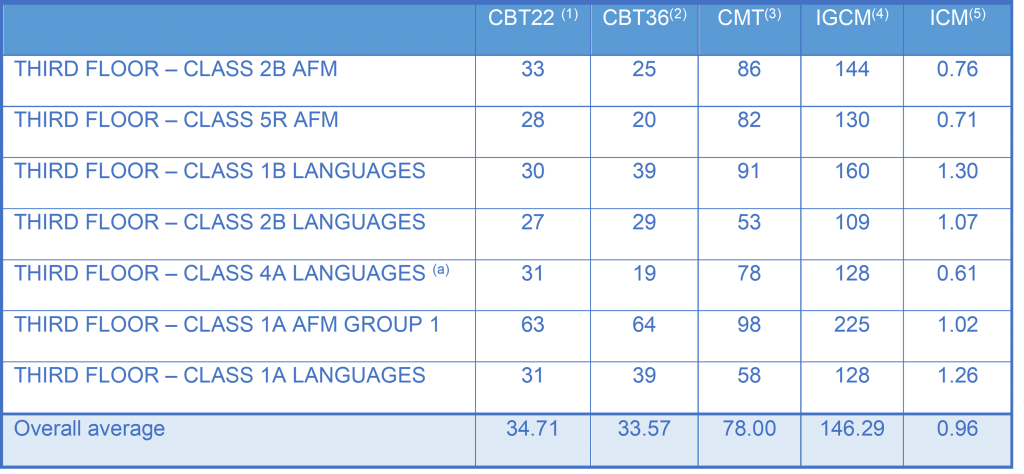The air quality
INDOOR AIR QUALITY - Indoor air plays directly or indirectly a major role for the well-being of people; it represents one of the main…
INSPIRING COLLABORATION BETWEEN EDUCATIONAL INSTITUTIONS AND LOCAL COMPANIES.
International epidemiological studies highlight the close relationship between exposure to pollutants in confined environments and the occurrence of respiratory and allergic symptoms in childhood, leading to a significant impairment of students’ quality of life and school performance.
In the context of a health emergency caused by Covid 19, Metropolitan City of Milan in collaboration with Nanohub has identified the Istituto Schiaparelli-Gramsci in Milan as a suitable location in terms of type and size to launch a one-year experimental process (starting in September 2020) aimed at evaluating the use of an innovative filtration system in order to improve the quality of air in confined spaces, particularly those used for teaching and offer greater health protection to students and teaching staff.
At the beginning of the 2020-2021 school year, 52 air treatment devices using the unique KtV filtration technology developed by NANOHUB were installed. The installed devices (model “Levante 250“) have a treatment capacity of 250 m3 of air per hour and are suitable for the size of a classroom. The devices have been used, during normal teaching activities in the presence of pupils and school staff with no air intake of dangerous substances.
The following are the data collected at the end of the experiment, measured with an air sampling (according to the UNICHIM analysis method no. 1962-2) in 7 classes of the Institute during the period of teaching in presence.
The parameters sampled were the total bacterial load at 22° (cd “psychrophilic” of environmental origin), the total bacterial load at 37°(cd “mesophilic” of human origin) and the total fungal load.
In 4 classes, sampling for COVID-19 RNA was also carried out with a result of complete absence.
In order to evaluate the results of the test, the tables and indices proposed by Dacarro and collaborators (2000) and also used by INAL in the document “Safety and Wellbeing in Schools” (2015) were used as parameters of comparison. (2015).
The samplings show that the global contamination index detected (ICGM, which corresponds to the sum of the bacterial load at 22°, 36° and the fungal load) is, on average, 1/3 of the level already considered “very low“.

Compared to the INAL document cited above, which gives an average global contamination figure (ICGM) of between 700 and 900 CFU/m3, the figure recorded at the Schiapparelli Gramsci institute is much lower: 146 CFU/m3 (a reduction of over 80%).
It must therefore be concluded that the use of the devices has resulted in very good air quality from a microbiological point of view, thus also guaranteeing a significant reduction and containment of the risk of contamination for students, teachers and all staff attending school environments.
INDOOR AIR QUALITY - Indoor air plays directly or indirectly a major role for the well-being of people; it represents one of the main…
THE PHOTOCATALYSIS is a natural phenomenon in which a substance, known as photocatalyst, modifies the speed of a chemical reaction through the action of…
THE FRUIT AND VEGETABLE COUNTERS OF DE RIGO REFRIGERATION, ALWAYS MORE EFFICIENT IN TERMS OF ENERGY, ARE NOW MORE PERFORMING ALSO IN THE PRESERVATION…